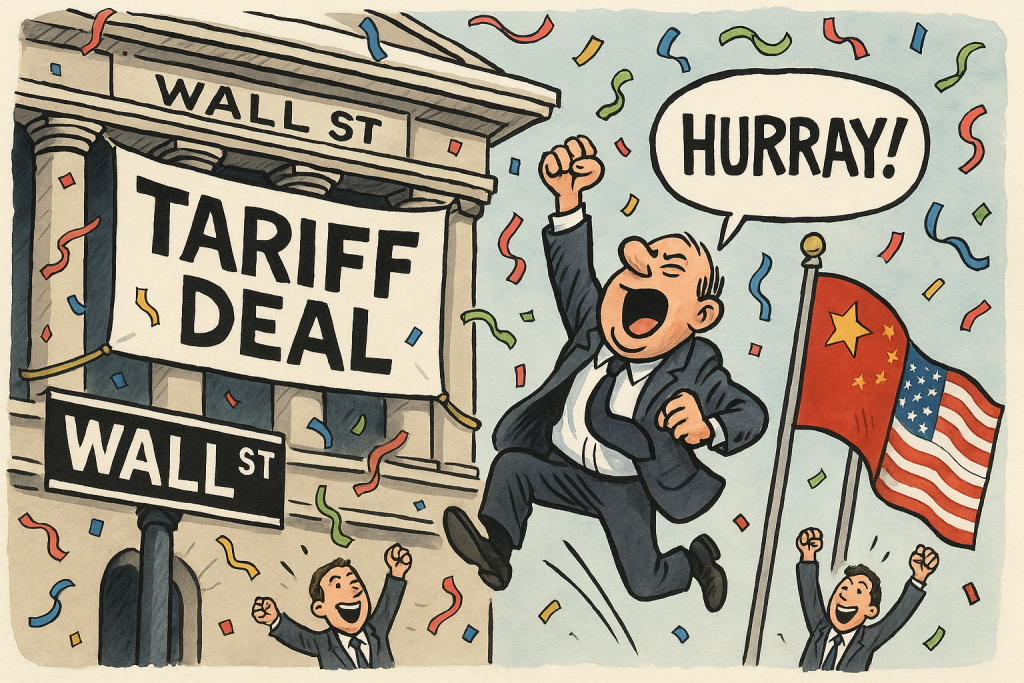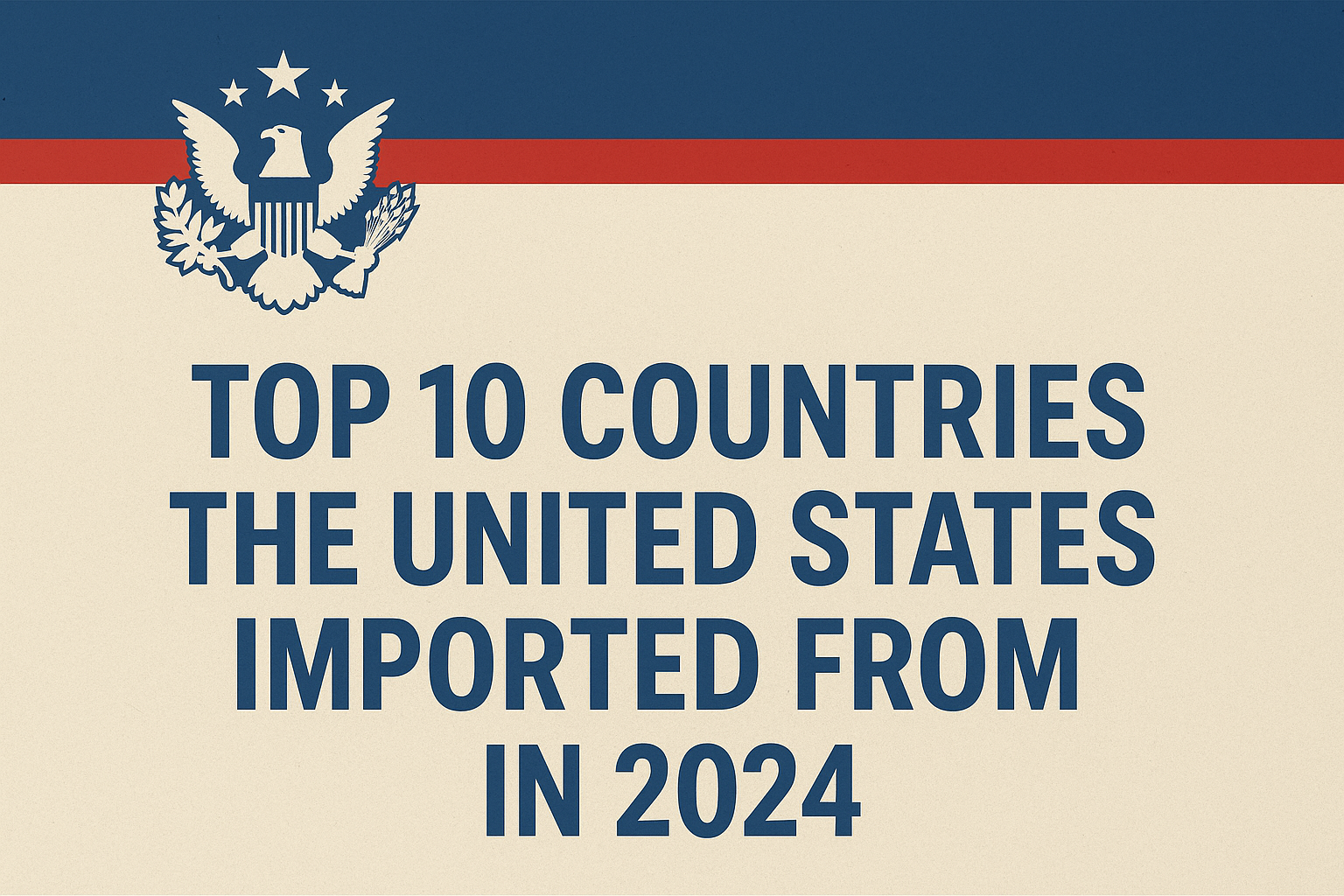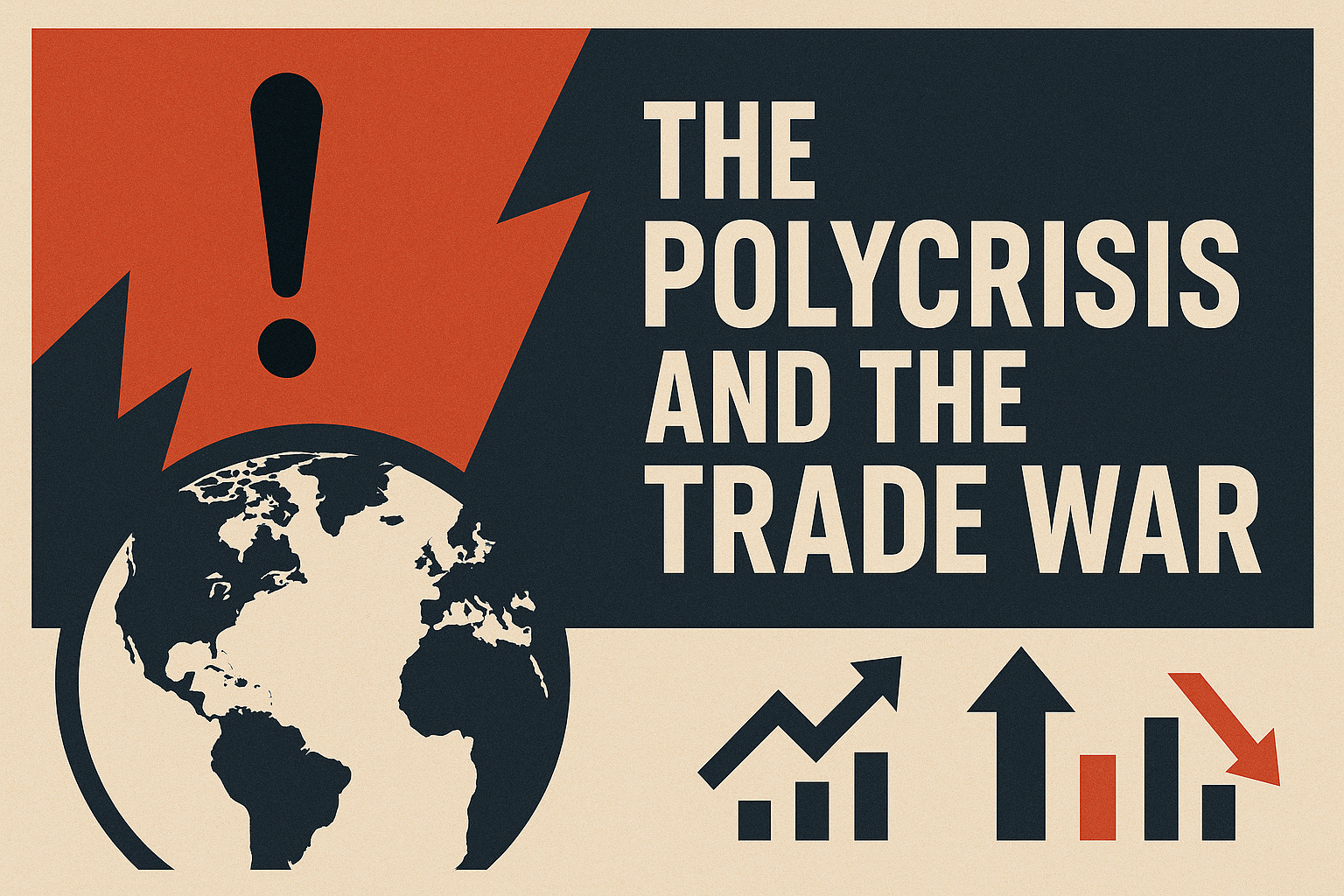
The recent announcement of progress in trade negotiations between the United States and China has sparked a notable reaction on Wall Street. After months of escalating tariffs and economic uncertainty, the agreement to temporarily reduce tariffs for 90 days has brought a sense of relief to investors. This article examines the market’s response, the factors driving it, and the broader implications for the economy.
Immediate Market Reaction
Following the announcement on May 12, 2025, U.S. stock markets experienced a significant upswing. Major indexes, including the S&P 500, Dow Jones Industrial Average, and Nasdaq Composite, recorded sharp gains. The S&P 500 reached its highest level since early March, reflecting investor optimism about the easing of trade tensions. The Nasdaq, heavily weighted with technology stocks, saw particularly strong performance, as many tech companies rely on Chinese manufacturing and supply chains.
The dollar strengthened against other major currencies, while safe-haven assets like gold and government bonds saw declines. This shift indicates that investors felt less need to seek safety, interpreting the trade deal progress as a step toward economic stability. Retail stocks, such as those of large chains, also rallied, as lower tariffs could reduce costs for imported goods and ease price pressures on consumers.
Factors Behind the Optimism
Several elements contributed to Wall Street’s positive response. The agreement reduces U.S. tariffs on Chinese goods from 145% to 30% and Chinese tariffs on U.S. goods from 125% to 10% for the next three months. This rollback alleviates the immediate financial burden on businesses that had faced steep costs, which often translated to higher prices for consumers or reduced profits.
The trade war had disrupted global supply chains, particularly in industries like technology, retail, and manufacturing. The temporary tariff reduction offers companies a chance to stabilize operations and reassess strategies without the threat of escalating costs. Additionally, China’s decision to lift restrictions on exporting rare earth minerals, critical for high-tech manufacturing, further boosted confidence in sectors dependent on these materials.
Investors also welcomed the establishment of a consultation mechanism between the two nations. This framework suggests a commitment to ongoing dialogue, reducing the likelihood of abrupt policy shifts that have unsettled markets in recent months. The prospect of continued negotiations, potentially leading to a more permanent trade agreement, has fueled hopes for a resolution to the trade dispute.
Sector-Specific Impacts
Different industries reacted in distinct ways to the news. Technology firms, which had faced supply chain disruptions and cost increases due to tariffs, saw some of the largest stock price gains. Companies with significant exposure to Chinese manufacturing benefited from the prospect of lower import costs and improved access to critical components.
Retailers, grappling with higher prices for imported goods, also saw relief. The tariff reduction could help stabilize inventory costs, potentially preventing further price hikes for consumers. Shipping companies experienced a surge in stock prices, as the deal is expected to boost global trade volumes and demand for container freight.
However, not all sectors reacted uniformly. Some manufacturing firms, particularly those competing with Chinese imports, expressed caution. The tariff reduction could increase competition from lower-cost Chinese goods, potentially squeezing domestic producers. Agricultural exporters, while hopeful for improved access to Chinese markets, remain cautious due to lingering tariffs tied to unrelated issues, such as restrictions on U.S. agricultural products.
Broader Economic Implications
The trade deal progress has implications beyond Wall Street. By easing trade barriers, the agreement could help moderate inflation pressures, which had intensified due to higher import costs. This development may reduce the urgency for aggressive interest rate hikes, providing some relief to consumers and businesses facing borrowing costs.
However, the temporary nature of the tariff reduction introduces uncertainty. The 90-day period is meant to facilitate further negotiations, but there’s no guarantee of a lasting resolution. If talks falter, tariffs could revert to their previous levels, reigniting market volatility. Investors are also mindful of the broader economic context, including global growth concerns and domestic policy changes, which could influence market sentiment in the coming months.
The trade war has strained U.S.-China economic ties, contributing to fears of a global recession. While the recent progress has eased some of these concerns, underlying issues—such as the U.S. trade deficit and disputes over technology transfers—remain unresolved. The market’s enthusiasm reflects hope for de-escalation, but long-term stability depends on addressing these deeper challenges.
Investor Sentiment and Future Outlook
Wall Street’s reaction reflects a blend of relief and cautious optimism. Investors are encouraged by the immediate benefits of lower tariffs and the prospect of continued talks. However, many remain wary of the temporary nature of the agreement and the complexity of resolving longstanding trade disputes. The market’s sensitivity to trade policy underscores the importance of clear and consistent communication from both governments.
Looking ahead, investors will closely monitor the progress of negotiations. A successful outcome could further bolster markets, particularly in sectors sensitive to trade flows. Conversely, setbacks could dampen sentiment and reignite volatility. For now, the market’s upward movement suggests confidence that the worst of the trade war may be behind us, even if significant work remains to secure a lasting agreement.
Summary
The announcement of progress in U.S.-China trade negotiations has triggered a strong positive response on Wall Street, with major stock indexes posting significant gains. The temporary reduction of tariffs, coupled with a commitment to ongoing talks, has eased investor concerns about escalating trade tensions. Technology, retail, and shipping sectors have seen particular benefits, while some domestic manufacturers remain cautious. While the agreement offers short-term relief and hope for economic stability, its temporary nature and unresolved issues temper long-term optimism. Investors will continue to watch negotiations closely, aware that the path to a permanent trade deal remains uncertain but hopeful that further progress can sustain the market’s newfound confidence.



